Kassel, Venice, Münster: In 2017 spectacular large-scale art projects are coinciding like never before. SCHIRN MAGAZINE brings you the most important data and facts.
The year 2017 is an “art super-year”. That may sound a bit like a cross between a supernova and a superlative of circus-like proportions, but you could say that the very special constellation of the art super-year is sending the art world circus into overdrive. The expression always refers to those years in which documenta in Kassel and the Venice Biennale coincide. Both are considered the most important large-scale exhibitions of contemporary art in the world and therefore as seismographs for that which is “up and coming” in the art world. Also taking place, in this case in a ten-year cycle and hence this year, is the spectacular Skulptur Projekte event in Münster. We present an overview of the most important data and facts on the three events.

documenta in Kassel, photo Wolfgang Staudt from Saarbruecken, Germany (documenta12 Kassel Germany) [CC BY 2.0 (http://creativecommons.org/licenses/by/2.0)], via Wikimedia Commons
DOCUMENTA 14 IN ATHENS AND KASSEL
documenta is known as the “Museum of 100 Days”. Since 1955 it has taken place every five years (initially every four years) in Kassel, transforming this middle-sized town in north Hesse into a metropolis of art. The original aim of the exhibition was to be an overview of contemporary art and thus, not least, to rehabilitate the currents of modern art that were ostracized under National Socialism and to put Germany back on the international art world’s map. Today documenta is considered the most important and influential art exhibition in the world, but this claim to being a world-class art show brings great responsibility with it and raises critical questions in relation to hegemonic structures. Over the last few editions, therefore, the changing artistic directors of documenta have attempted to actively pick up on this discourse and to steer it. This is the case for Adam Szymczyk, whose proposal for the fourteenth documenta was a radical decentralization with the introduction of Athens alongside Kassel as a second and equal standpoint for the exhibition.

Biennale in Venedig, photo Horst-schlaemma (Own work) [CC0], via Wikimedia Commons
VENICE BIENNALE 57TH INTERNATIONAL ART EXHIBITION
The Art Biennale in Venice is the oldest large-scale art exhibition in the world. It has been taking place since 1895 and, as its name suggests, is held every two years, always in Venice. The concept of the world’s most important biennial art event stemmed from the world exhibition in the late nineteenth century, when exhibitions arranged by nation aimed to present innovations in all areas of life from each of the participating countries. The foundation of the Art Biennale in Venice aimed to make this possible for art too. In the so-called Giardini, the enclosed park complex in the heart of Venice, 29 country pavilions still stand around a large, central pavilion. The architecture of the pavilions was designed by the participating nations themselves, like a kind of calling card – and was sometimes of a rather controversial nature. Since far more than 29 nations now participate in the exhibition, the Venice Biennale now also takes in the “Arsenale” zone, as well as numerous other sites and buildings in the city. To this day, however, it is the individual countries that are responsible for the program of each pavilion. On top of this, there is an overview exhibition curated by the relevant appointed director. In 2017 this role has been allocated to French curator Christine Macel, who aims to place a focus on the positive potential of art. The German pavilion is being curated by Susanne Pfeffer (director of the Fridericianum in Kassel) and is being brought to life by performance artist Anne Imhof.

Skulptur Projekte Münster, Bruce Nauman, Square Depression, photo: Arendt Mensing/artdoc.de, Image via skulptur-projekte.de
SKULPTUR PROJEKTE MÜNSTER 2017
The Skulptur Projekte (Sculpture Projects) exhibition has taken place every ten years since 1977. The special thing about the exhibition is that temporary, site-specific artworks are commissioned in and around Münster and are then realized in situ. The main idea, according to the organizers, is “that art is able to activate historic, architectural, social, political and aesthetic contexts within the urban space.” Although large-scale works occasionally remain in the urban environment, most of the sculptures are dismantled after the exhibition period. The theme of transience also plays a role in the expansion of the event’s focus from sculpture to performance art. One special thing about the exhibition is that not only is it admission free, but access to the works, which are of course in the public sphere, is possible around the clock and with as few limitations as possible. For a world-class art exhibition this is thoroughly remarkable. Ever since its first edition, the exhibition has been curated by Kasper König, in each case with a team of colleagues. This year will see around 30 new works displayed, varying between sculpture and performance art.

Non-human living sculptures by Hans Haacke and Pierre Huyghe
In his early work, HANS HAACKE already integrated animals and plants as co-actors into his art. In that way he not only laid the foundations for a...

CURATOR TALK. CAROL RAMA
SCHIRN curator Martina Weinhart talks to Christina Mundici, director of the Carol Rama Archive in Turin, editor of the first Catalogue Raisonné and...

Freedom costs peanuts
HANS HAACKE responded immediately in 1990 to the fall of the Berlin Wall and turned a watchtower into art.

The film to the exhibition: CAROL RAMA. A REBEL OF MODERNITY
Radical, inventive, modern: The film accompanying the major retrospective at the SCHIRN provides insights into CAROL RAMA's work.

Now at the SCHIRN: Hans Haacke. Retrospective
A legend of institutional critique, an advocate of democracy, and an artist’s artist: the SCHIRN presents the groundbreaking work of the compelling...
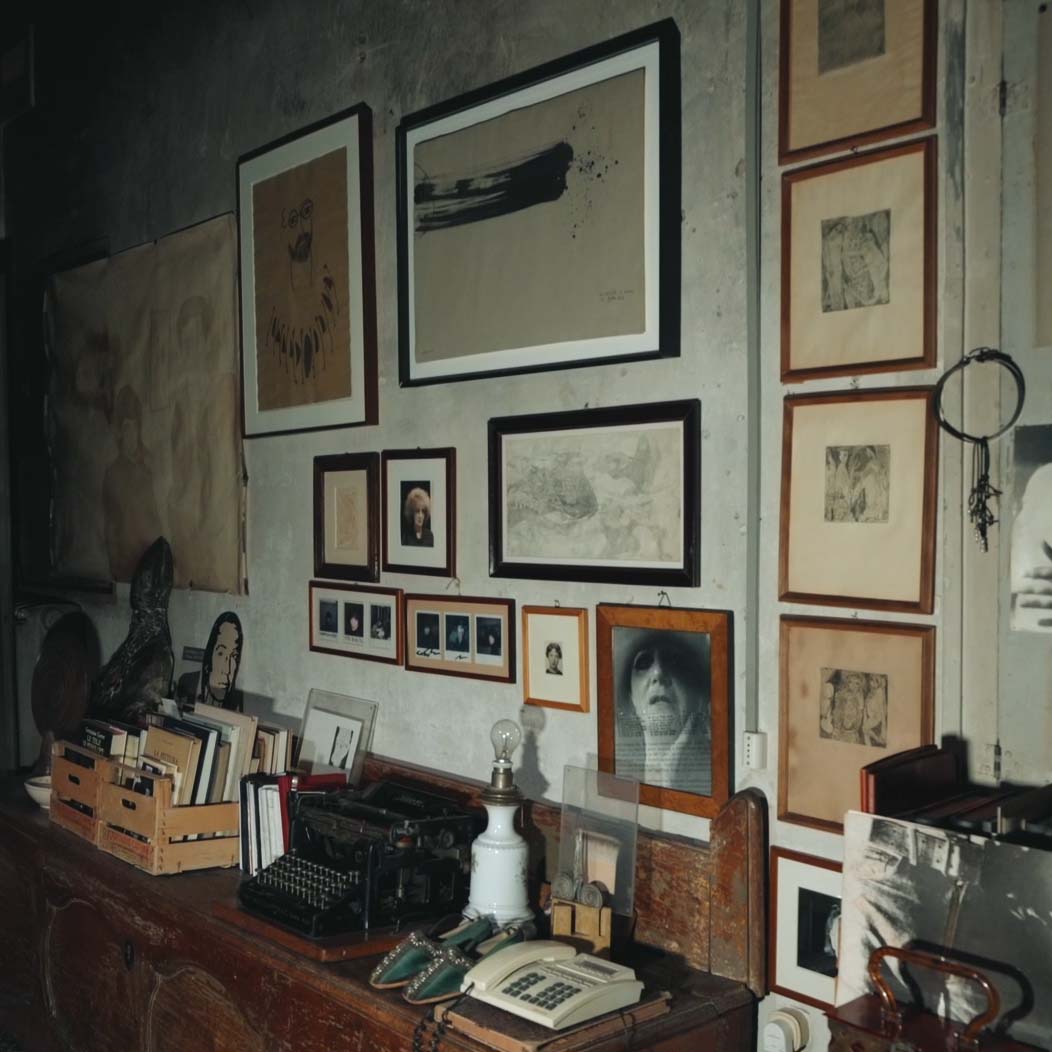
Carol Rama’s Studio: A nucleus of creativity
CAROL RAMA determinedly forged her own path through the art world. Her spectacularly staged studio in Turin was opened to the public only a few years...
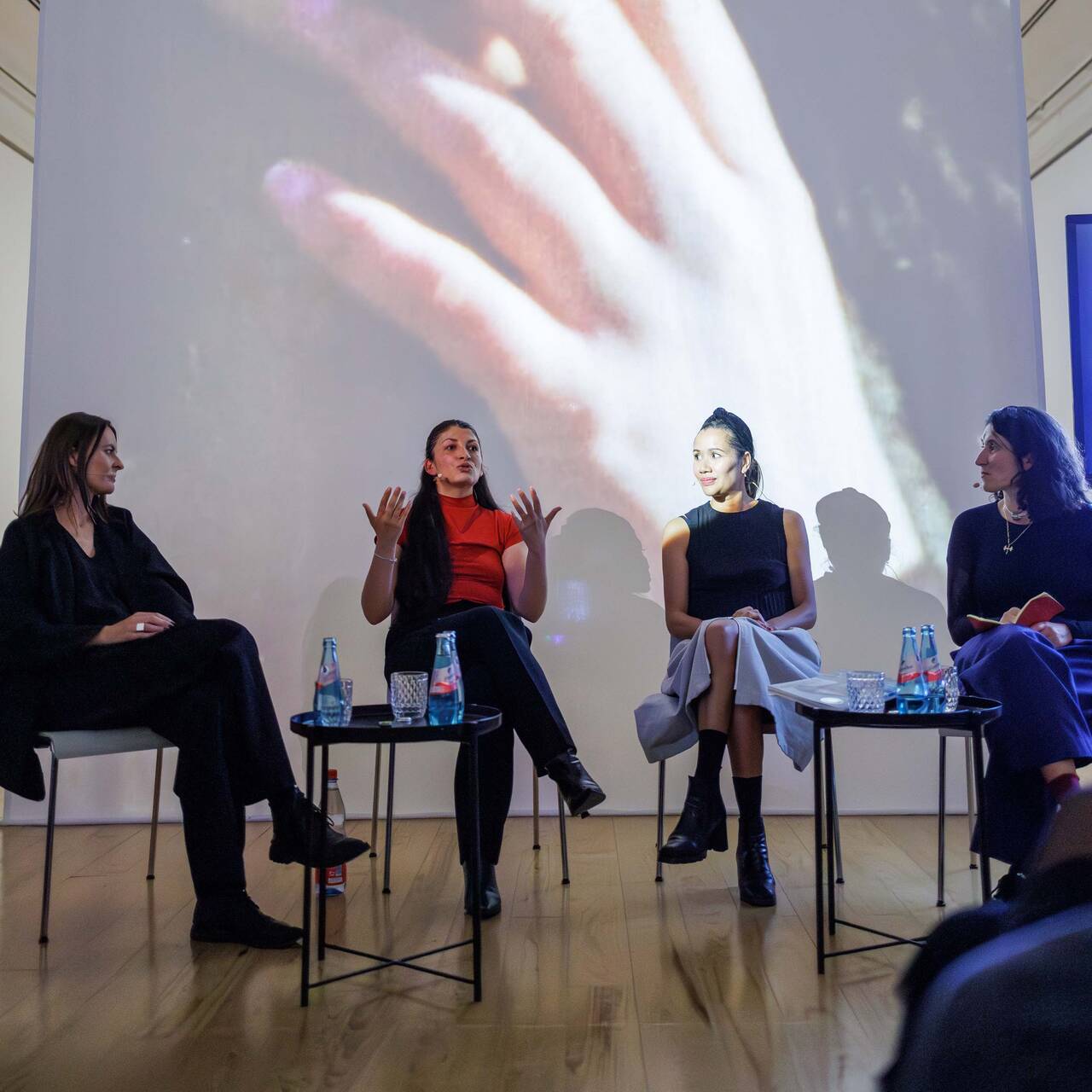
PANEL: POLITICAL ACTIVISM BY SELMA SELMAN
Hosted by Arnisa Zeqo, Amila Ramović and Zippora Elders speak with the artist Selma Selman about her artistic career, the exhibition SELMA SELMAN....
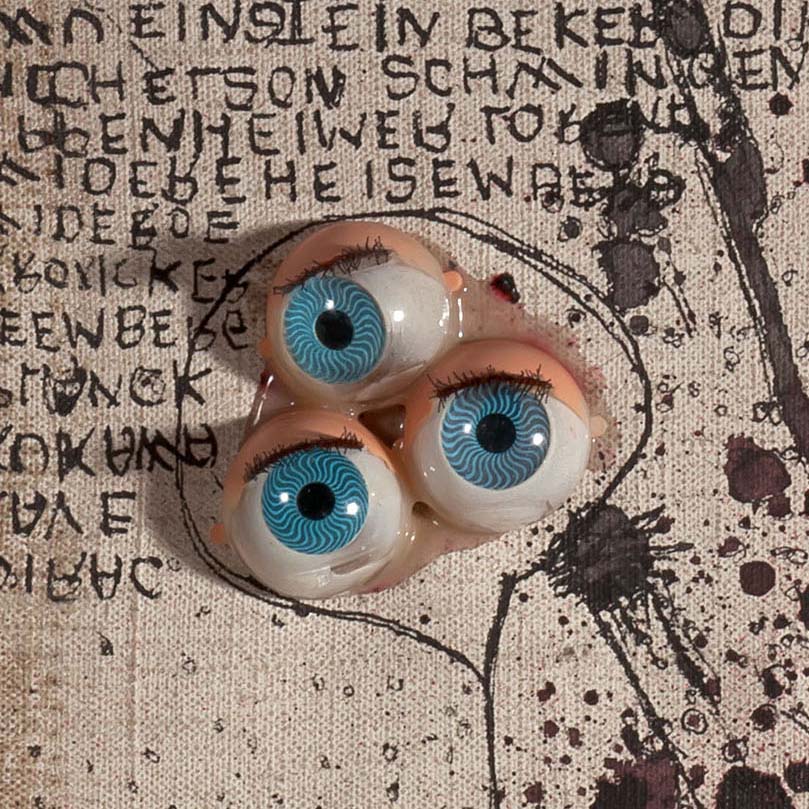
Now at the SCHIRN: Carol Rama. A rebel of Modernity
Radical, inventive, modern: the SCHIRN is presenting a major survey exhibition of CAROL RAMA’s work for the first time in Germany.
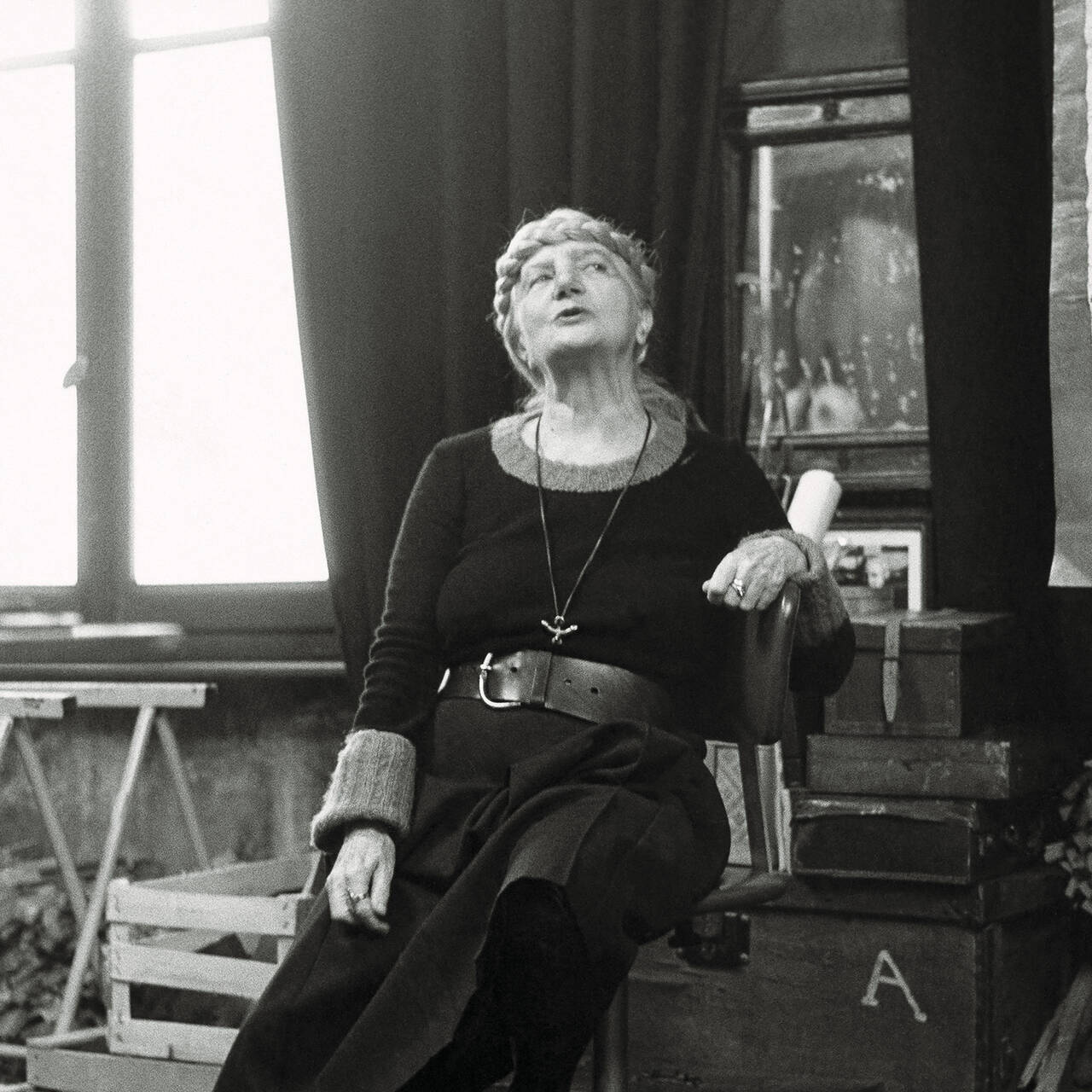
Carol Rama in 10 (F)Acts
CAROL RAMA was one of the most provocative female artists of the 20th century. With her explicit depictions of sexuality, physicality, and tabooed...
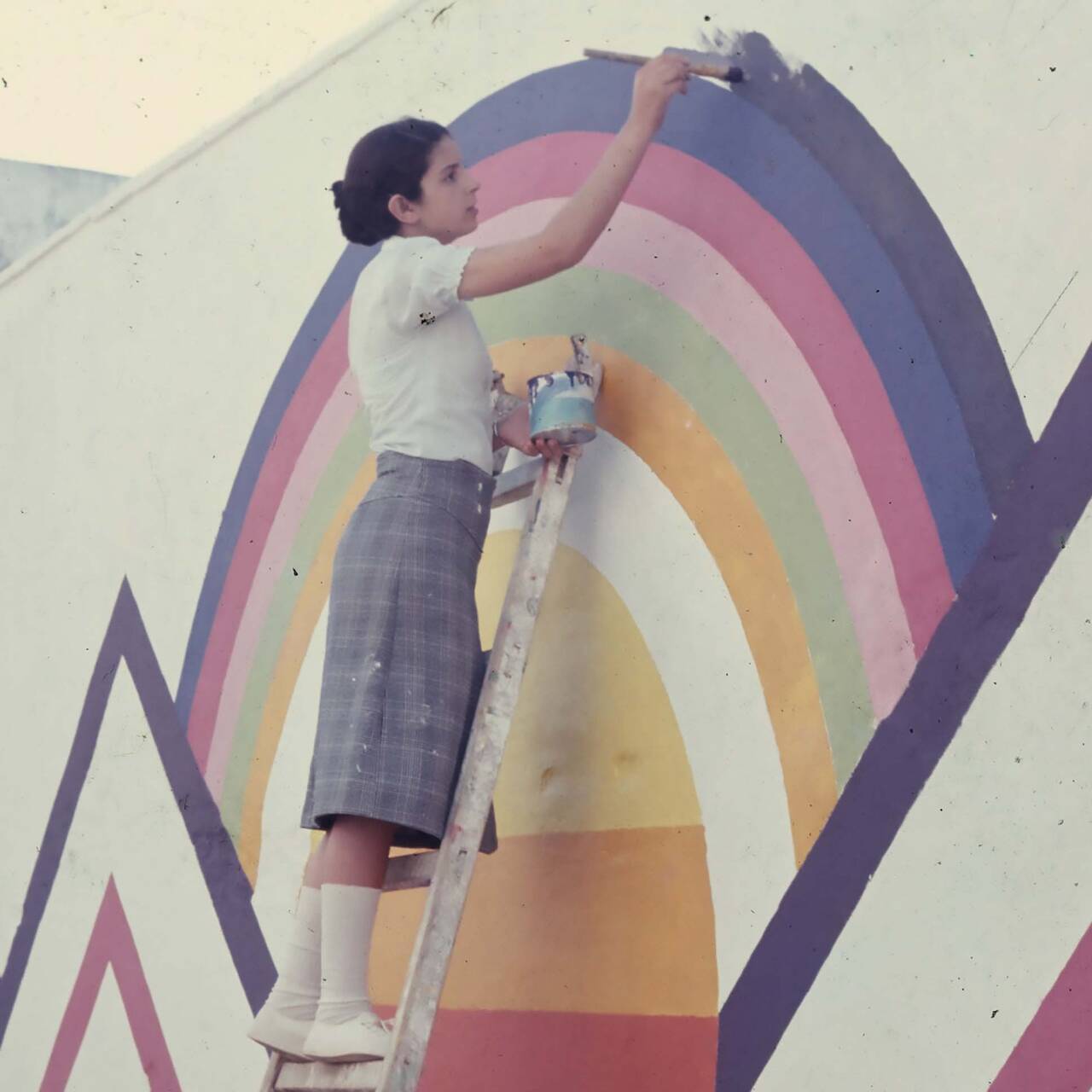
A lab for art in the public realm
The CASABLANCA ART SCHOOL wanted to make art part of urban life, visible for all, and interacting with the everyday culture of the city. To this day,...